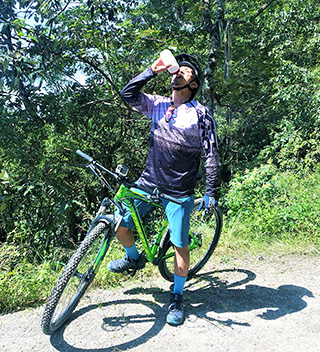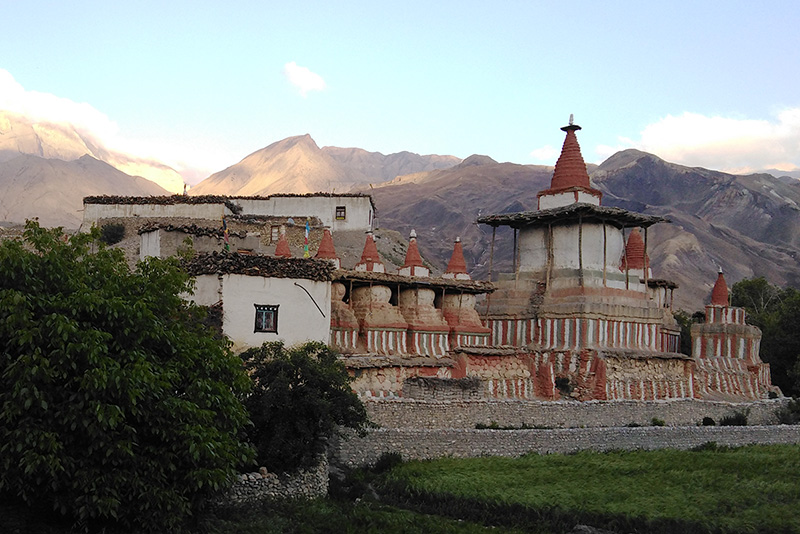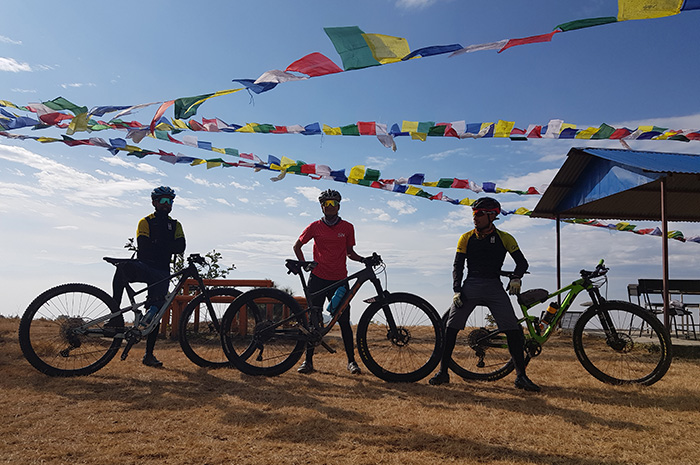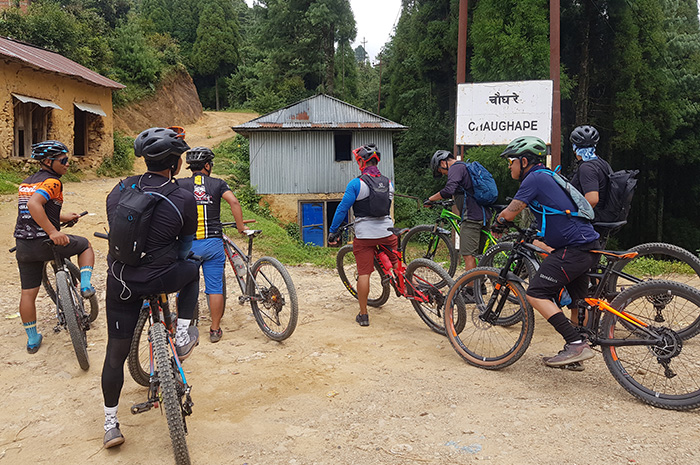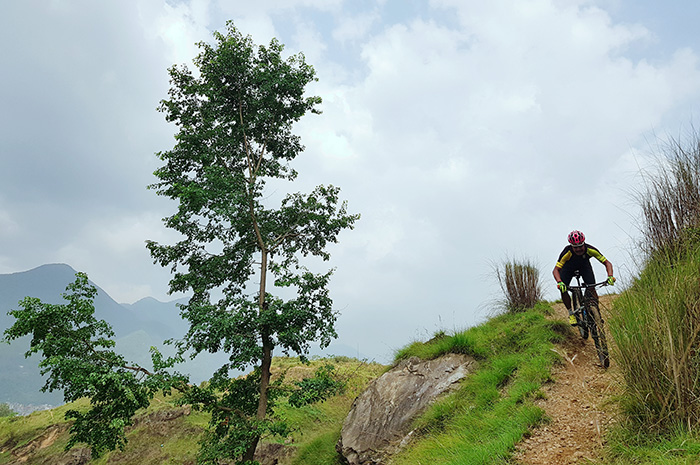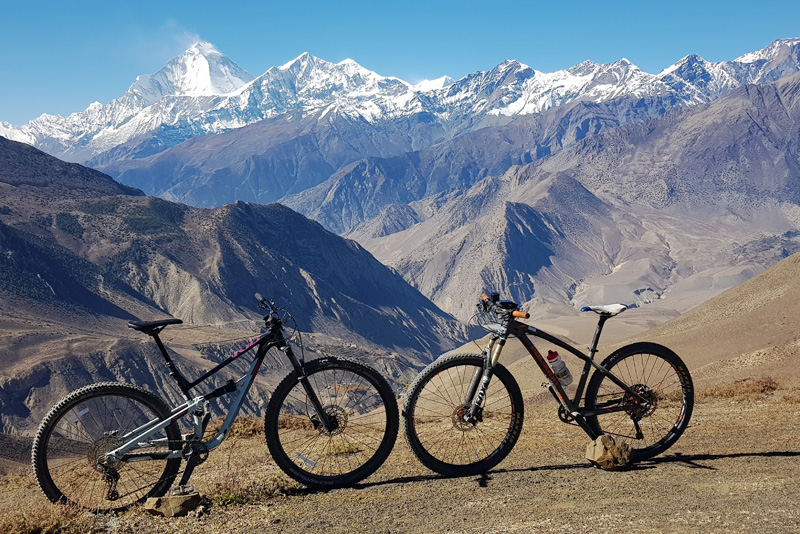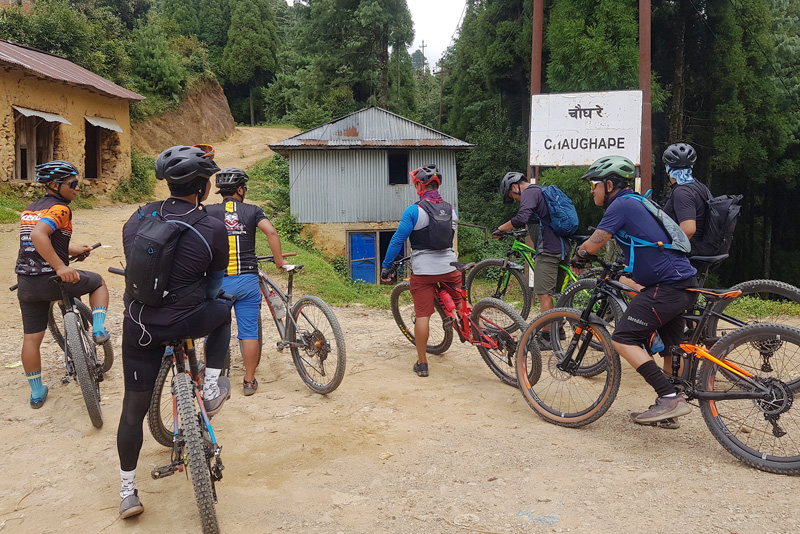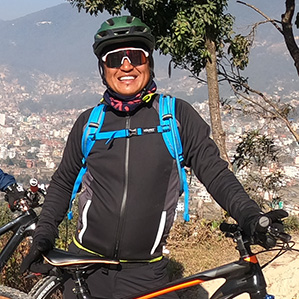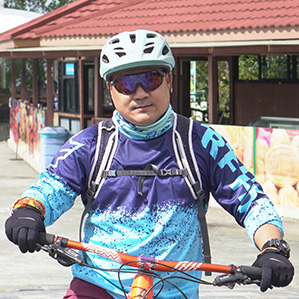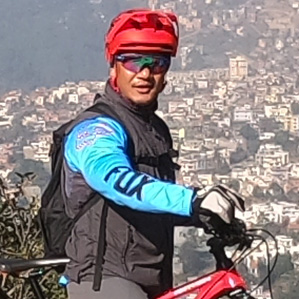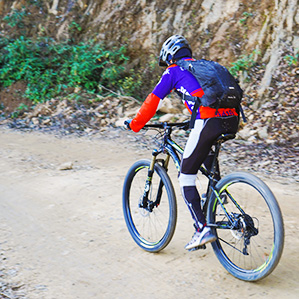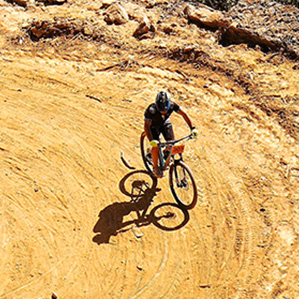Nepal Mountain Biking Tips
Nepal is the ideal destination for mountain bikers. Nepal mountain bike vacations include Upper Mustang and the Annapurna region, as well as mountain biking near Pokhara. Nepal, which attracts bikers from around the globe, is promoting itself as a mountain biking paradise. It is great for family outings as well as novice, intermediate, and expert riders, as the track is suitable for all skill levels. It delivers one of the most awe-inspiring, once-in-a-lifetime mountain bike experiences due to its unique geography.
Nepalese mountain bike tours are incredibly enjoyable due to the natural paths that accommodate every type of rider. Nepal has everything, from beginner-level off-road terrain to single track and downhill rides that even the most courageous riders must use their best expertise to complete. Annapurna, Everest, and Rara paths, which were once primarily utilized for hiking, have even witnessed devotees in recent years. Cycling in Nepal entails traversing small and perilous trails, getting close to nature, and experiencing the ultimate adrenaline rush. However, bikers must adhere to certain guidelines when embarking on these excursions, as little errors can result in catastrophic outcomes, such as being lost in the woods and requiring rescue.
“Nothing compares to the simple pleasure of a bike ride.”
By John F. Kennedy
1. Learn about the terrain and how your bike responds to it.
A change in conditions can make a significant effect in any sport, including mountain biking. If you are riding a new bicycle or renting one, it is critical that you understand the machine before you put it through its paces. Take a few leisurely rides to see how the bike handles speed, cornering, and whether it is a good fit for you. It's also a good idea to start slowly and gradually increase your speed as you get acquainted to the terrain. Race a little to get the muscles moving, but also attempt some leisurely rides, as this is what a lengthy ride consists of.
2. Research about the trails you are riding:
Nepal is one of the world's most beautiful countries, with many high mountains. Within an average radius of 193 kilometers, it ranges from 70 meters (KechanaKalan of Jhapa) in the south to 8,848 meters (Mt. Everest) in the north. This geographical feature provides a diverse range of mountain biking opportunities. It is ideally suited for cross-country, all-mountain, and Enduro riding. Nepal has one of the most magnificent route systems, with dirt roads, trekking trails, yaks, and Himalayan goat trails that will undoubtedly satisfy all riders.
3. Bring the right bike
Biking in Nepal necessitates a mountain bike with high-quality components. If you want to bring your own bike, that's a fantastic idea, but be sure to bring a bike suitable for the terrain you intend to traverse. If you intend to travel primarily on Jeep tracks, a selection of hardtail and short-travel dual suspension bikes would suffice. Moreover, if you are interested in single-track and tricky rides, Mountain or Enduro-oriented dual suspension bikes are the perfect option.
4. Carry the Basic Tools
If you are bringing your own cycle to Nepal, be sure to bring the necessary tools to fix it. Additionally, do not forget to carry the essential components. In addition, if you intend to rent a bicycle in Nepal, ensure that you bring the necessary tools and parts. Here is a list of essential tools and components.
Tools include Allen-key, repair kit, pump, spoke key, bleeder kit.
Components include gear wire and housing wire, chain links, tubes, and derailleur.
5. Better if you have the basic mechanical skills
As you are completely reliant on your bicycle for the duration of the trip, it is usually advisable to have a basic understanding of how to remedy any technical issues that may arise.
Changing the tire tubes and patching punctures.
Connecting the broken chain with or without a chain link.
Adjusting the derailleur whenever required.
Changing the brake pads.
Disassemble and assemble the wheels properly.
6. If Possible, Ride with Others
You may be a lone traveler who disagrees with the concept. However, mountain riding with other riders is a lot of fun and provides a multitude of advantages. You can share riding abilities, snacks, and travel tales, as well as carry less weight by sharing repair kits and other necessities. Additionally, it is essential to have company if you become lost or want assistance with maintenance. After using so much energy when riding, having a buddy to converse with and share experiences with while resting is a delightful experience.
7. Food and Accommodation
The majority of mountain places that are accessible are well-equipped with teahouses. Some of the teahouses serve local cuisine, while others also serve a variety of western dishes. The rooms provided by these teahouses vary in quality (from basic to standard) depends on your want to stay. However, it is strongly advised that you acquire all necessary information about the locations you intend to visit prior to departure. Energy bars, water purifiers, shampoo, and other everyday necessities can be purchased on the mountain, but it's a good idea to pre-arrange them in order to ensure that you have everything and save money.
8. First-Aid
Before setting up for the trip, it is a wise idea to think about the safety concerns and prepare accordingly, as no one can predict what happens next. Here is the list of the medicines or tools that you should include in your first-aid kit.
Medicine for acute mountain sickness.
Medicines for fever, vomiting, upset stomach, and allergies.
Medicines for pain and sprain.
Antiseptic solutions.
Medicines for rehydration.
Essential things for dressing and wounds
